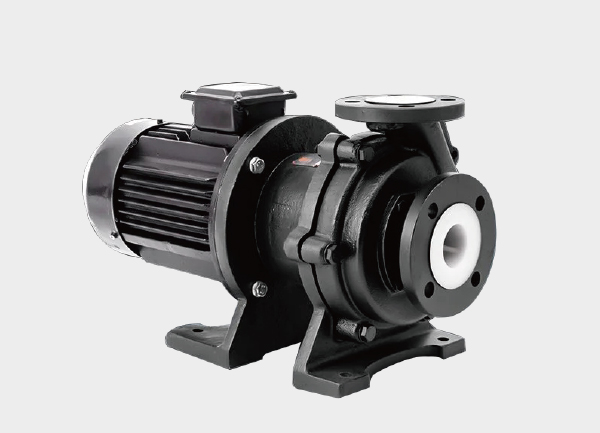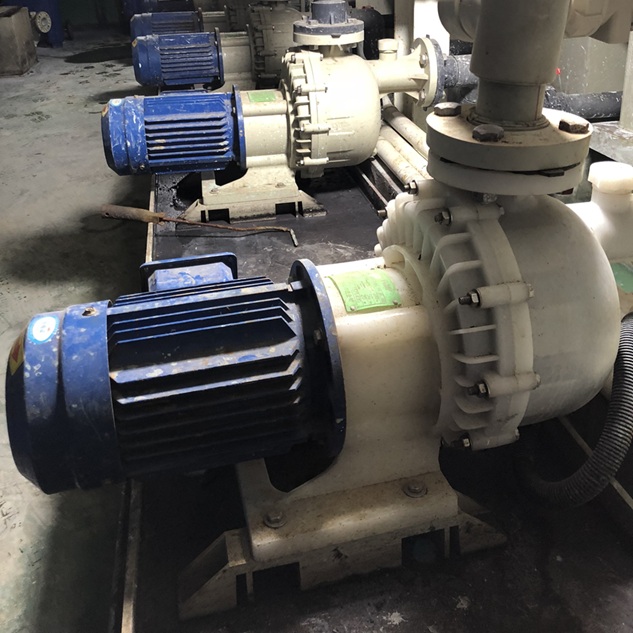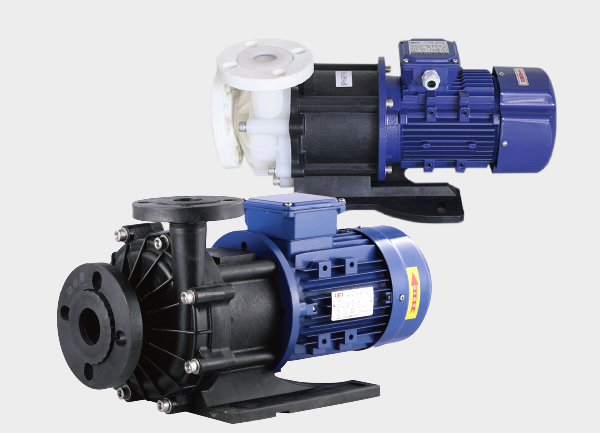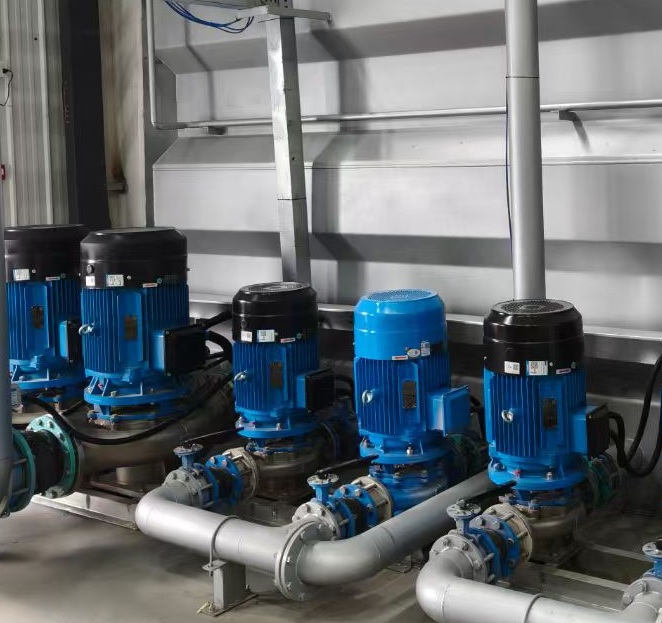In industrial production and municipal water systems, centrifugal pumps appear in various forms — among them, vertical, horizontal, and inline centrifugal pumps are the most common. Although all are designed to transfer fluids, their structural differences are far from coincidental. In fact, “design follows application” — each structure is tailored to specific installation and operational needs.
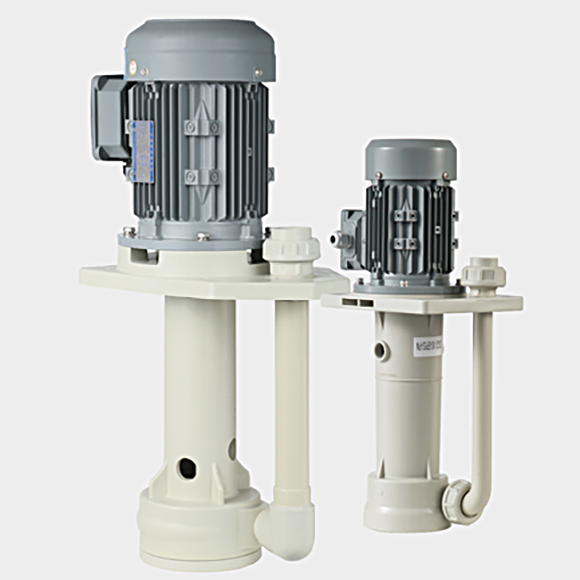
1. Vertical Centrifugal Pump — Ideal for Limited Space
A vertical centrifugal pump features a vertically aligned motor and pump body. While its overall height is greater, its footprint is minimal, making it ideal for compact spaces such as underground pump rooms or multi-story water supply systems.
Because the impeller is submerged in liquid, the pump can start without priming — an advantage in systems that require frequent start-stop cycles or handle fluids that are difficult to store, such as in residential secondary water supply.
2. Horizontal Centrifugal Pump — Built for Easy Maintenance
In a horizontal centrifugal pump, the motor and pump are arranged in a horizontal line. This layout makes maintenance and part replacement simpler, as technicians can access internal components without scaffolding or lifting gear.
Such pumps are widely used in large-scale industrial circulation systems — for example, cooling water networks in chemical plants — where continuous operation and routine maintenance are essential.
Moreover, the horizontal design provides greater operational stability, making it ideal for high-flow, high-pressure applications, such as boiler feed systems in thermal power plants.
3. Inline Centrifugal Pump — Designed for Piping Integration
The inline centrifugal pump is a pipe-integrated design where the inlet and outlet diameters match the pipeline. It can be directly installed in-line without a separate base or support structure.
This configuration minimizes flow resistance and energy loss, making it well-suited for continuous circulation systems, such as HVAC water loops, food processing lines, and chemical transfer pipelines.
By blending seamlessly with the piping system, it helps ensure steady flow and simplified installation.
4. Choosing the Right Structure — Balancing Space, Maintenance, and Flow
In industrial settings, these three designs are often grouped under the category of industrial centrifugal pumps. The choice between them depends on balancing three key factors: space, maintenance, and flow requirements:
Limited space → Vertical centrifugal pump
Frequent maintenance → Horizontal centrifugal pump
Integrated piping system → Inline centrifugal pump
In short, the subtle structural differences among these pumps determine their efficiency, reliability, and suitability across various industrial and municipal applications.



